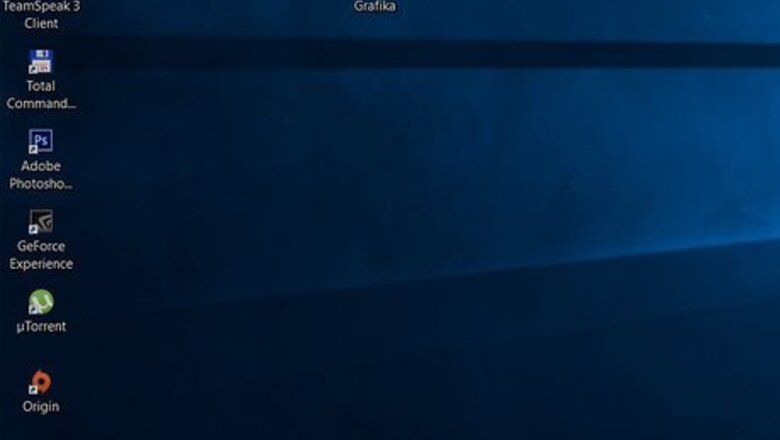
views
Finding a Graphics Card's Name
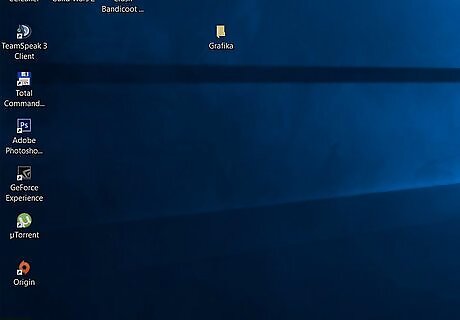
Open Start Windows Start. Click the Windows logo in the bottom-left corner of the screen.
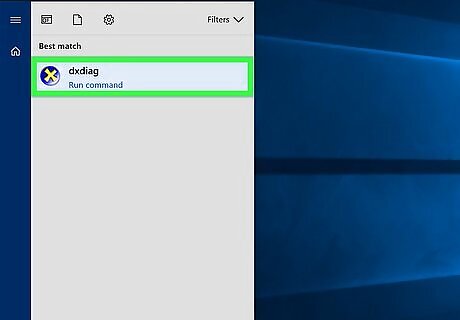
Run the DXDIAG command. Type in dxdiag, then click the purple-and-yellow dxdiag icon at the top of the Start window.
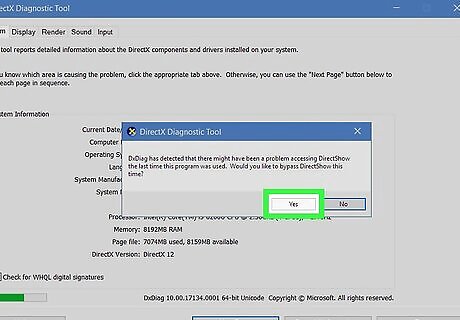
Click Yes when prompted. This will cause Windows to determine your graphics card's type and open a new window. Your computer may attempt to connect to the Internet in order to match your graphics card against others on its product page.

Click the Display tab. It's at the top of the window.
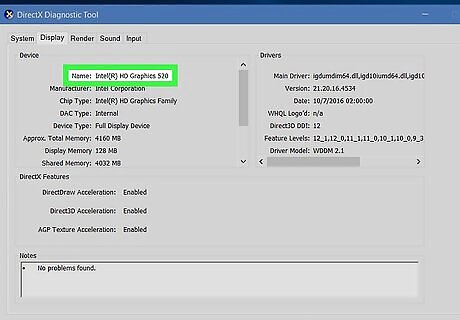
Find your graphics card's name. Review the text in the "Name" section that's in the upper-left side of the window. This is your graphics card's name as recognized by your computer. At this point, you can close the window.
Updating Graphics Card Drivers

Open Start Windows Start. Click the Windows logo in the bottom-left corner of the screen. You can also press ⊞ Win+X to bring up the Start context menu and then click Device Manager in the menu. If you do this, skip the next step.
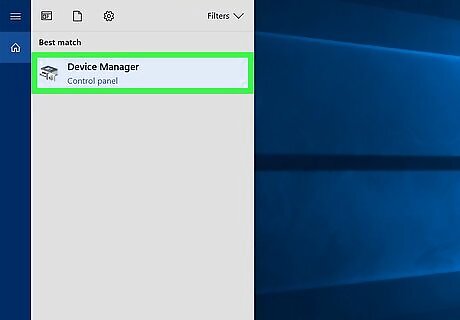
Open Device Manager. Type in device manager, then click Device Manager at the top of the Start window.
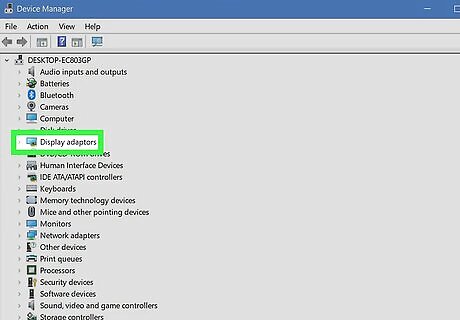
Expand the "Display adapters" heading. Click the Android 7 Expand Right icon to the left of this heading, or double-click the heading. You should see several indented options appear below it. If this heading has indented monitor-shaped options below it, it's already expanded.

Select your graphics card. Click the heading which has the same name as your computer's graphics card to do so.
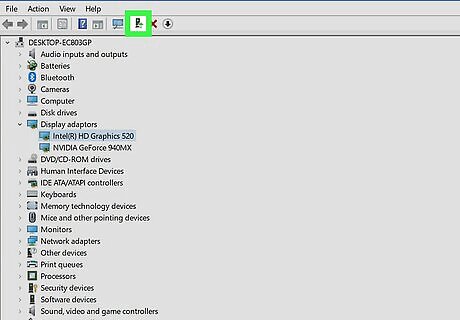
Click the "Update" button. It's a black box with an upward-facing green arrow that you'll find at the top of the Device Manager window.
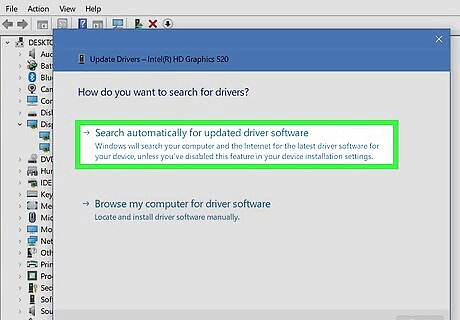
Click Search automatically for updated driver software. This option is at the top of the pop-up window. Doing so causes your computer to begin searching for drivers for your graphics card. If Device Manager reports that the graphics card is up to date, you can click Search Windows Update to determine whether or not a system update is available.
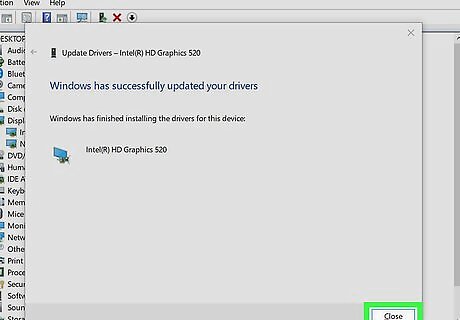
Allow your graphics card to update. As long as updated drivers are available, Device Manager will download and install them for you, though you may be prompted to confirm this decision or navigate through a few on-screen options. If you're using Windows Update, allow the update to download, then install the update when prompted. This will usually update other components of your computer's operating system, so expect the update to take a long time to complete.



















Comments
0 comment